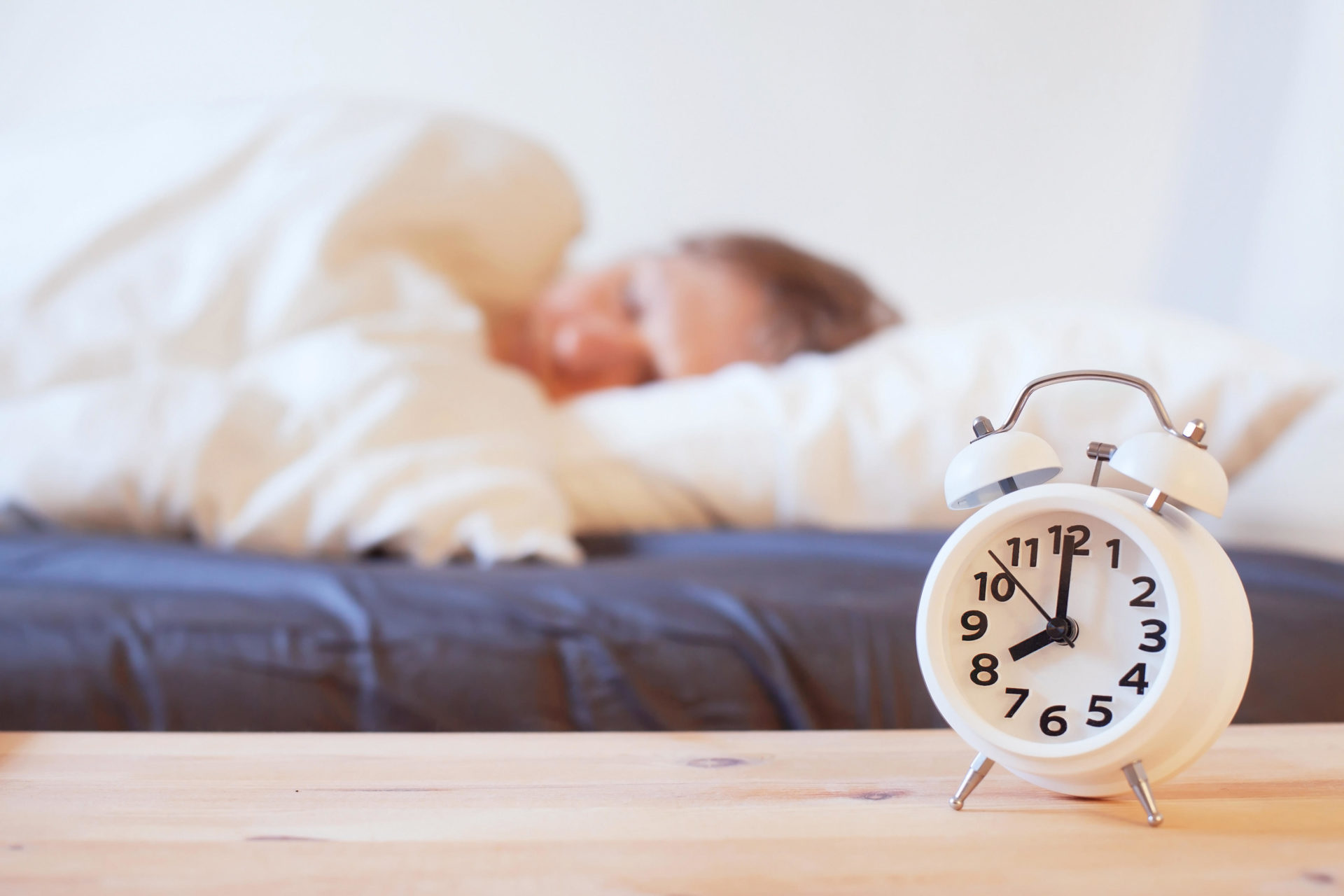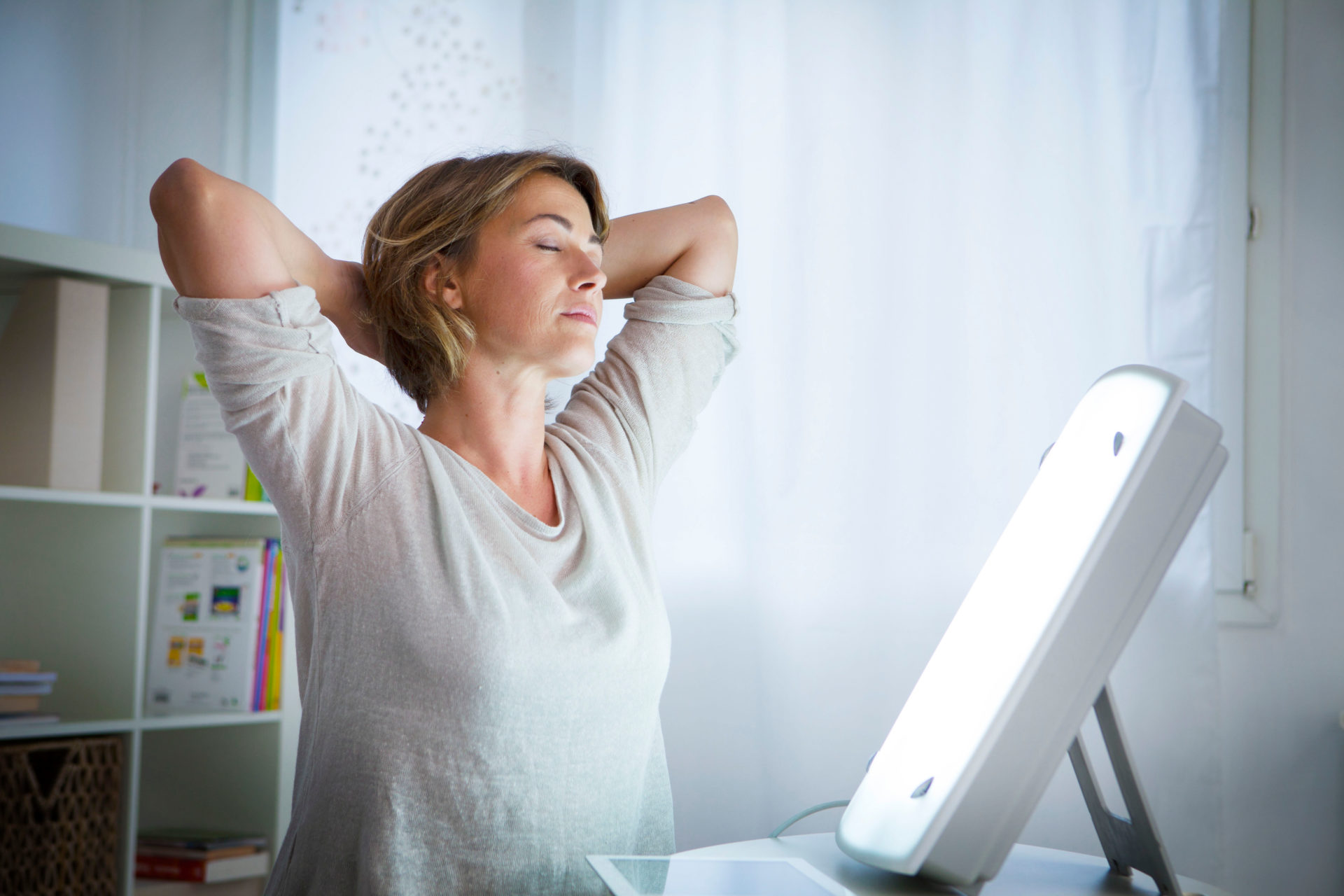In this week’s podcast, professor Luke O’Neill delves into Seasonal Affective Disorder, or SAD, a form of depression that appears in winter and lifts again when the light returns.
First identified about fifty years ago in northern Europe, SAD affects around one in every hundred people severely, and up to one-in-five to a milder degree.
Geography plays a big part too: roughly 1% of people in Florida report symptoms, compared to 10% in Alaska.
Around 7% of people here in Ireland can be badly affected each winter.
“All the evidence suggests – and it makes sense – that it would be the dimmer light that is the problem,” Prof O’Neill said.
“And the further north you go, if you get to Tromsø in Norway, where I was in the depths of winter, the sun doesn’t come up at all for a few weeks.
“What’s going on is the sunlight is very important for our circadian rhythms.
“Our bodies have these clocks built into them.
“They have a roughly 24-hour cycle that we run through during the day.”
 Wake up in the morning with alarm clock, person sleeping in the bed
Wake up in the morning with alarm clock, person sleeping in the bedProf O’Neill explained that in low light, this rhythm can drift off course, affecting hormones like melatonin (which regulates sleep) and serotonin (which affects mood).
The good news though is that light therapy has proven to be an effective treatment.
“In particular, there was between a 60% and 90% response; that’s people reporting relief is they used light therapy daily,” Prof O’Neill said.
“So, more than 80% of people with SAD who had light therapy said that they felt their symptoms were relieved by it.”
 Woman, light therapy. Image: Alamy.
Woman, light therapy. Image: Alamy.One study concluded that 30 minutes a day in front of a light source of 10,000 lux can help reset your body clock and ease symptoms.
For comparison, moonlight gives off just 1 lux, normal indoor lighting about 300, while a bright winter’s day can reach 20,000.
Prof O’Neill recommended anyone that is suffering with any form of depression to discuss their symptoms first with their GP.
Main image: A woman looks out of a window, Alamy.









